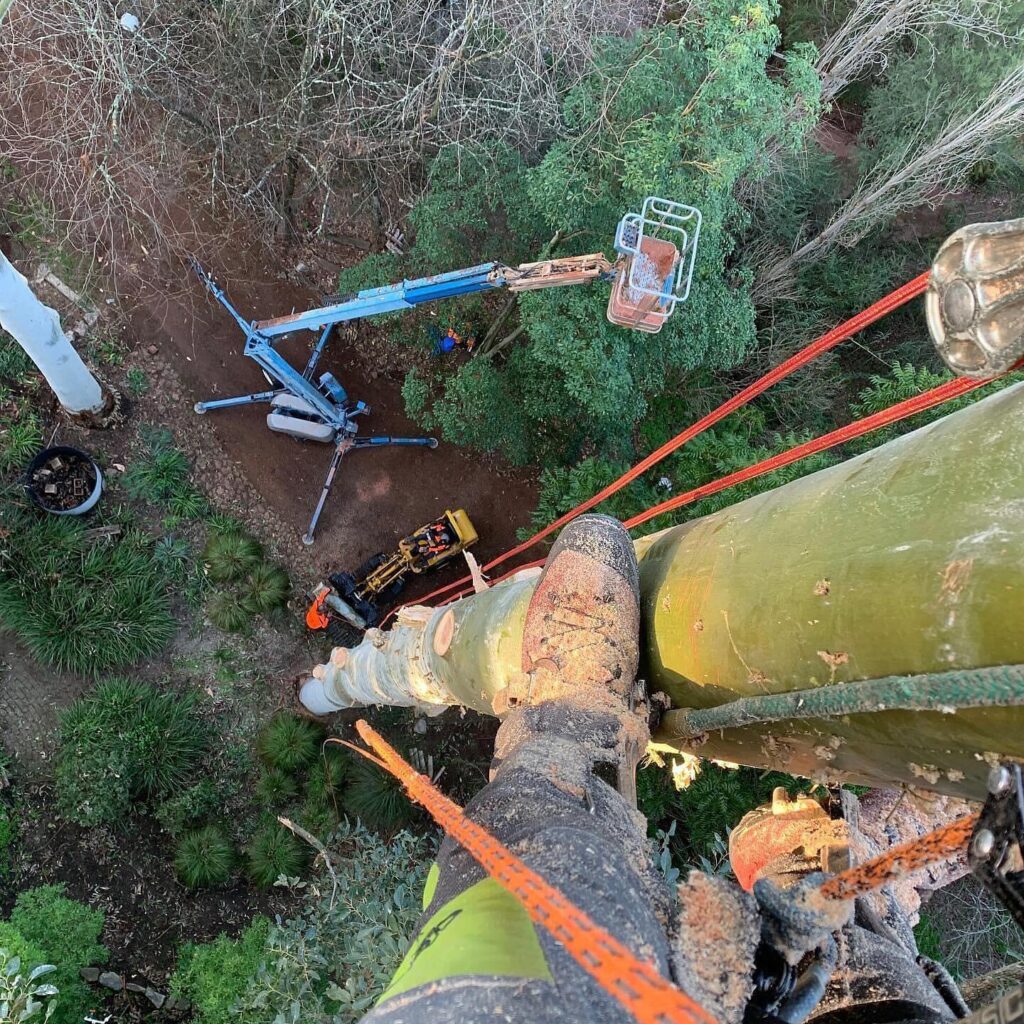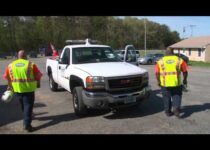Understanding the Role of an Arborist: A Solution for Your Tree Needs

While it is hard to say goodbye to a tree that has been on your property for years, sometimes the circumstances require a tree to be removed in order to protect your home.
Many times, it is obvious when a tree needs to be removed. It’s dead or clearly dying, is in the way, or was planted in the wrong location.
This blog post outlines six key indicators suggesting that tree removal might be the best course of action.
The Tree is Leaning
A noticeable lean can signify the risk of a tree falling. Assessing your tree’s lean from different angles can help determine its natural state. A sudden lean may indicate issues like deterioration, unstable ground, or damaged roots.
To check if your tree is likely to topple over, look for these signs:
- Super-saturated soil (more often than not after getting a part of rain) – On the off chance that you sink into the ground as you walk, the ground is likely incapable to completely bolster and stabilize trees. Numerous trees drop over after critical precipitation and numerous more begin to incline, putting them at tall chance of being evacuated.
- Soil that’s hurling (lifting) or splitting on one side of the tree – This is often an sign that the rootball is moving and destabilizing the tree.
- Uncovered roots (particularly in case you don’t keep in mind seeing the roots some time recently) – Whether it’s from disintegration (such as after a surge) or the ground dying down, recently uncovered roots likely cruel that they’re beginning to drag out of the ground.
- Multi-stemmed trees and those with long, overwhelming branches are moreover more likely to topple.
Decaying Roots
If your tree’s roots exhibit signs of decay, it suggests structural support compromise. Damage from lawnmowers, animals, or construction activities can impact nutrient and water absorption, potentially leading to irreversible decline.
Extended periods of drought can also harm tree roots, making recovery difficult or impossible.
Storm Damage
Trees affected by severe storms may display evident damage, such as fallen limbs or split trunks. However, even without visible signs, internal damage can make the tree hazardous. A professional assessment is recommended for storm-damaged trees.
Fungus
Mushrooms and soft bark near the base or roots indicate a fungal presence. Untreated fungus can lead to severe damage, as it typically enters through wounds, causing decay.
Odd Shape
Severe storms or improper pruning methods, like tree topping, can result in an abnormal tree structure. Topping not only affects the tree’s appearance but weakens it. An odd shape may also indicate potential damage to the tree’s foundation.
Close Proximity to Your Home
Large trees planted too close to homes pose a risk of root damage to foundations. Additionally, branches or the entire tree may pose a threat to structures. Proper spacing is essential to avoid these risks.
Following these signs and seeking professional advice ensures informed decisions regarding tree removal, balancing safety and environmental considerations.
Making the Call to Your Local Trusted Arborist: Act Now for Tree Care
If you’ve read through all of the above and are still not sure if your tree needs to be removed, it’s time to call in a tree care professional.
Skilled professionals are trained to recognize a tree that can be saved and one that needs to be removed. If it is in the wrong location, is a safety concern, or is dying, the tree should be removed, and the arborist can suggest a different tree to take its place if the conditions are favorable.
Don’t forget that the best way to keep a tree healthy and safe is through regular care and maintenance. Contact an arborist trusted today if you would like to schedule or discuss a tree inspection or removal.


